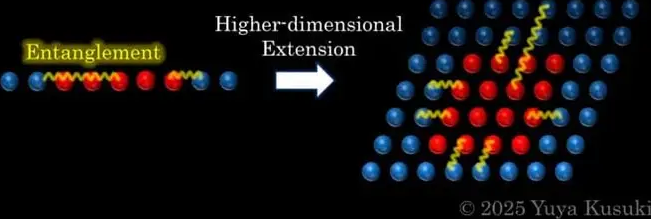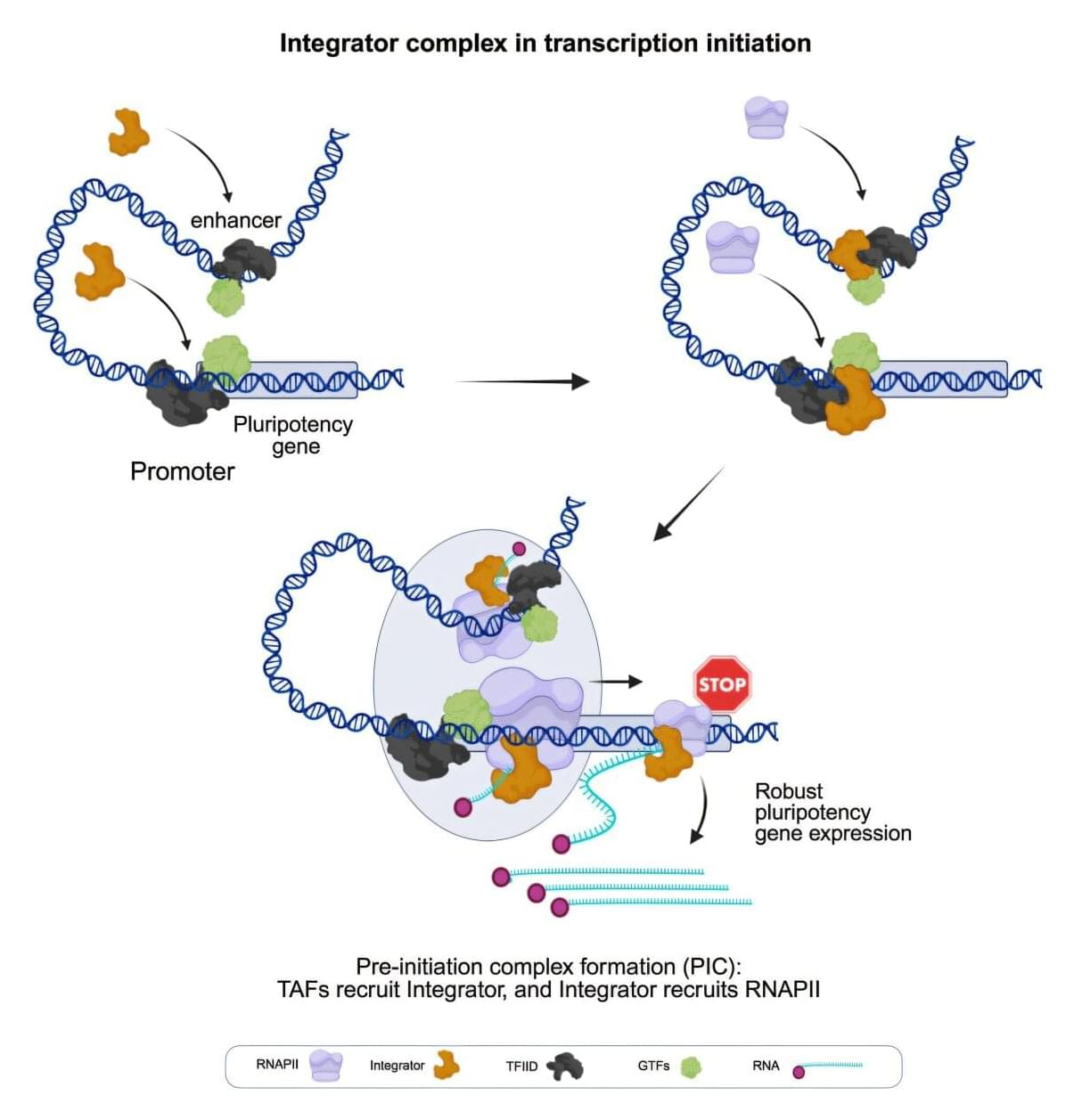In its second antimatter breakthrough this month, CERN announced it successfully created the first-ever antimatter qubit, paving the way to even weirder quantum experiments.



The following is a statement from acting NASA Administrator Sean Duffy on the passing of famed Apollo astronaut Jim Lovell. He passed away Aug. 7, in Lake Forest, Illinois. He was 97 years old.
NASA sends its condolences to the family of Capt. Jim Lovell, whose life and work inspired millions of people across the decades. Jim’s character and steadfast courage helped our nation reach the Moon and turned a potential tragedy into a success from which we learned an enormous amount. We mourn his passing even as we celebrate his achievements.
From a pair of pioneering Gemini missions to the successes of Apollo, Jim helped our nation forge a historic path in space that carries us forward to upcoming Artemis missions to the Moon and beyond.

Researchers at Scripps have created T7-ORACLE, a powerful new tool that speeds up evolution, allowing scientists to design and improve proteins thousands of times faster than nature. Using engineered bacteria and a modified viral replication system, this method can create new protein versions in days instead of months. In tests, it quickly produced enzymes that could survive extreme doses of antibiotics, showing how it could help develop better medicines, cancer treatments, and other breakthroughs far more quickly than ever before.



Support this channel on Patreon to help me make this a full time job: https://www.patreon.com/whatdamath (Unreleased videos, extra footage, DMs, no ads)
Alternatively, PayPal donations can be sent here: http://paypal.me/whatdamath.
Get a Wonderful Person Tee: https://teespring.com/stores/whatdamath.
More cool designs are on Amazon: https://amzn.to/3QFIrFX
Hello and welcome! My name is Anton and in this video, we will talk about a major discovery of most distant objects ever seen coming from the James Webb Space Telescope.
Links:
https://arxiv.org/pdf/2503.15594
https://arxiv.org/pdf/2503.
0:00 JWST breaks its own records.
0:40 Earlier observations and theory behind this.
3:10 New records at redshift of 17 and 25
5:20 What we know about these objects.
7:00 Issue explaining this.
7:50 Could this be black holes?
10:40 What’s next?
11:40 Conclusions.
Enjoy and please subscribe.
Bitcoin/Ethereum to spare? Donate them here to help this channel grow!
bc1qnkl3nk0zt7w0xzrgur9pnkcduj7a3xxllcn7d4
or ETH: 0x60f088B10b03115405d313f964BeA93eF0Bd3DbF
Thank you to all Patreon supporters of this channel.

Questions to inspire discussion.
Data and Autonomy.
📊 Q: Why is vision data valuable in AI development? A: Vision data is worth more than zero if you can collect and process yataflops and yataflops of data, but worthless without collection capabilities, making the world’s visual data valuable for those who can collect and process it.
🚗 Q: How does solving autonomy relate to AI development? A: Solving autonomy is crucial and requires tons of real world data, which necessitates tons of robots collecting real world data in the real world, creating a cycle of data collection and AI improvement.
Company-Specific Opportunities.
🔋 Q: What advantage does Tesla have in developing humanoid robots? A: Tesla has essentially built the robot’s brain in their vehicles, allowing them to transplant this brain into humanoid robots, giving them a massive head start in development.

Researchers at Sylvester Comprehensive Cancer Center, part of the University of Miami Miller School of Medicine, have documented their use of a new RNA sequencing technology to uncover molecular drivers of cellular differentiation that could lead to better regenerative therapies.
In addition to being used in the lab, the technique, Rapid Precision Run-On Sequencing (rPRO-seq), has the potential to help doctors understand patients’ disease states and response to treatment in real time.
The findings appear in two published articles in Molecular Cell.